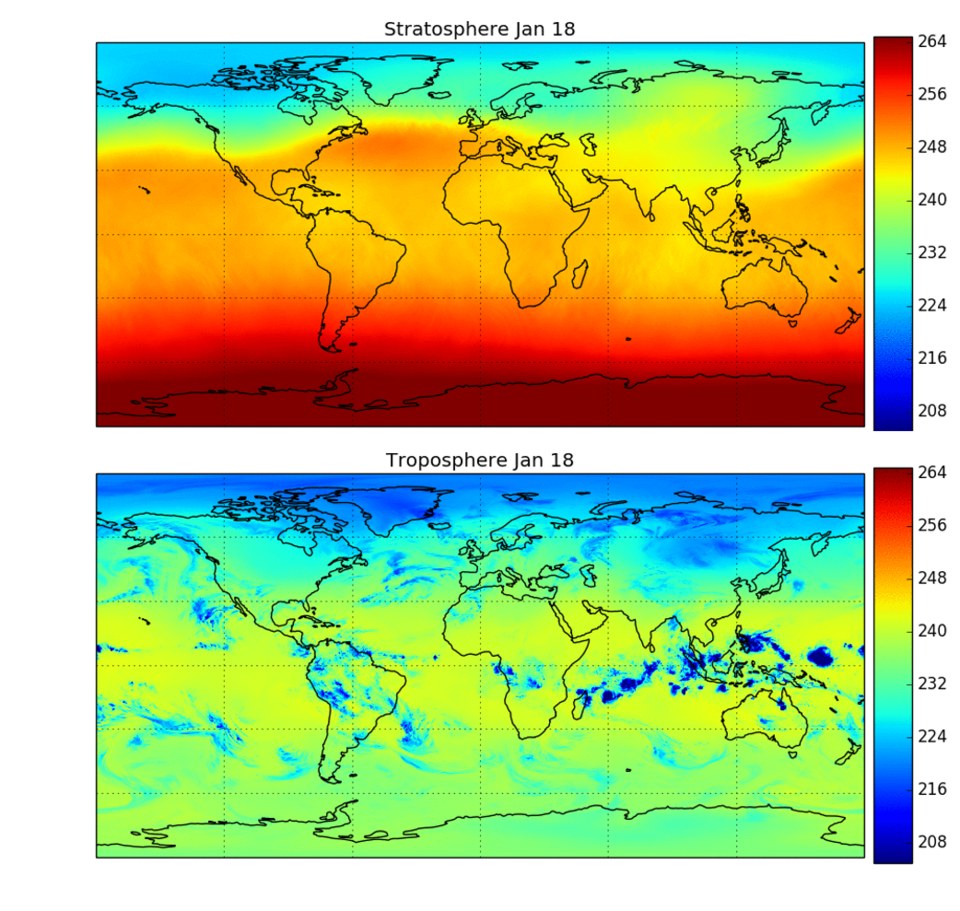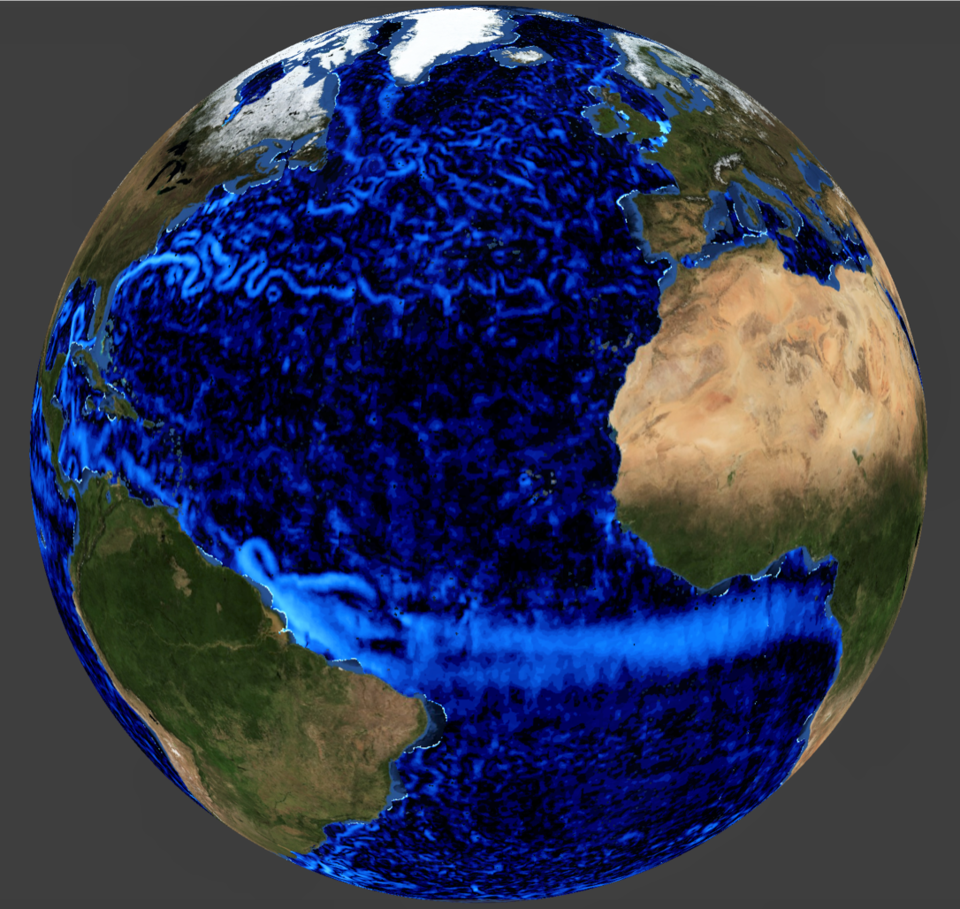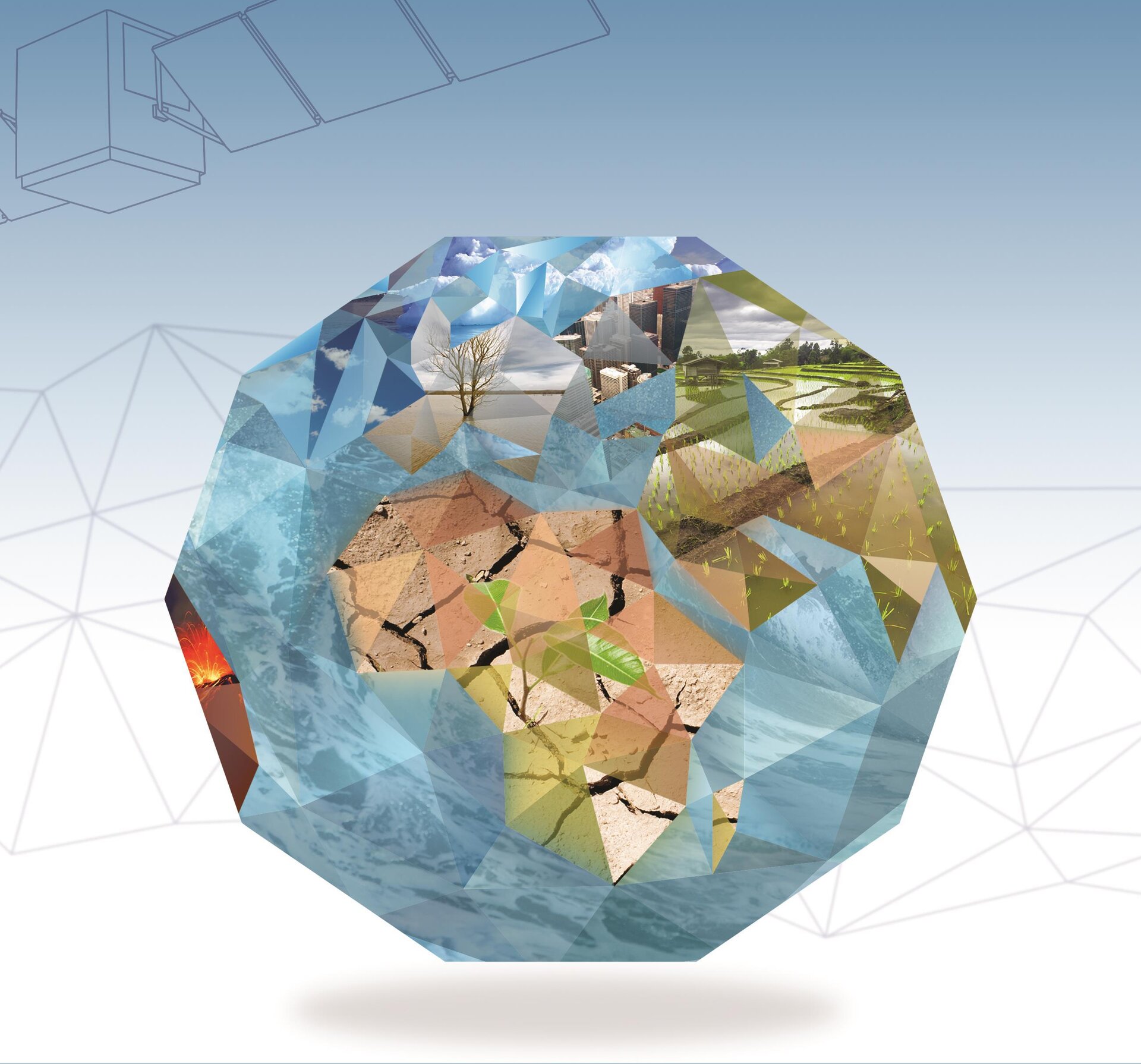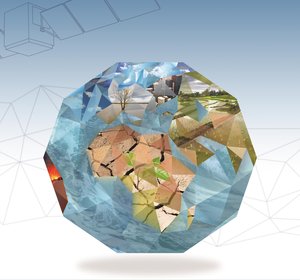Save the date: Earth Explorer 9 User Consultation Meeting
The date has been set for the Earth observation science community to come together and discuss the merits of the two satellite concepts competing to be ESA’s next Earth Explorer.
The series of Earth Explorer missions use innovative measurement techniques to yield new insight into different aspects of the Earth system and the interactions that bind the system as a whole.
ESA’s Director of Earth Observation Programmes, Josef Aschbacher, notes, “These cutting-edge missions address questions that have a direct bearing on issues that humankind is facing now and will face in the future such as the availability of food, water, energy, natural resources, public health and climate change.
“Earth Explorers make an important contribution in the quest to understand how our world is changing and the impact humanity is having on its delicate balance.
“While these missions advance science, they also test new space technologies. For example, Aeolus, which we launched last year and is hailed a ground-breaking mission, uses remarkable laser technology – the very first of its kind – to measure the wind. These measurements are much-needed to improve weather forecasts.
“We are very proud that Earth Explorers are considered to be among the best Earth observation satellite missions in the world – and we look forward to realising the ninth in the series.”
Earth Explorers are fundamentally built to fill knowledge gaps identified by the scientific community, so, importantly, the community retains a key role in the selection and development processes.

The Far-infrared Outgoing Radiation Understanding and Monitoring (FORUM) concept and the Sea-surface Kinematics Multiscale monitoring (SKIM) concept have been undergoing feasibility studies since the end of 2017 – and it is now time for the community to meet and provide critical input that will lead to one of these concepts being selected as the ninth mission.
The user consultation meeting will take place on 16–17 July 2019 at the Robinson College, University of Cambridge, in the UK.
FORUM and SKIM focus on two different aspects of the Earth system.
FORUM aims to fill in a critical missing piece of the climate jigsaw. By measuring radiation emitted by Earth into space, it would provide scientist with new insight into the planet’s radiation budget and how it is controlled.
Specifically, FORUM would measure across Earth’s entire far-infrared part of the electromagnetic spectrum, including the 15–100 micrometre range, which has never before been achieved from space.
These measurements are important because Earth’s outgoing radiation at these wavelengths is strongly affected by water vapour and cirrus clouds, which in turn, play a key role in regulating surface temperatures. These measurements have particular relevance for understanding how these and other factors influence the greenhouse effect and, hence, climate change – a concern for society at large.
FORUM’s measurements would improve confidence in the accuracy of climate change assessments that form the basis for future policy decisions. Better understanding the complexity of our climate system and filling gaps in our knowledge is of critical importance as the consequences of climate change are far-reaching, affecting all facets of society and the natural world

SKIM focuses on the surface motion of our oceans. It would carry a wide-swath multibeam conically scanning radar scatterometer to measure ocean-surface currents and waves. Uniquely, the mission would use a Doppler technique to offer more direct measurements that conventional satellite altimeters.
Surface currents are a fundamental component of the hydrological and bio- and geo-chemical cycles that transport heat, momentum, moisture and biology. Surface currents impact everything that is in the upper ocean, natural and anthropogenic – from ice, marine life, carbon dioxide, ships, oil, pollutants and marine plastic.
These new measurements would improve our understanding of vertical and horizontal ocean-surface dynamics over the global ocean. This would lead to better knowledge of how the ocean and atmosphere interact – for example, how atmospheric carbon dioxide is drawn down into the ocean.
A better understanding of the motion of the surface ocean will lead societal benefits for those that work in the marine sector, such as fisheries, shipping, offshore energy production and insurance services.
Dr Aschbacher added, “Either candidate would be of great value to science and, in turn, society. We look forward to the discussions and, later, the outcome. It is important for ESA that we look to the future and anticipate the needs of a changing world, and have the satellite missions in place to address our most pressing questions.”
Please note that since space is limited at the meeting, it is advised to register as early as possible. The deadline for registration is 14 June 2019, unless capacity is reached earlier.






